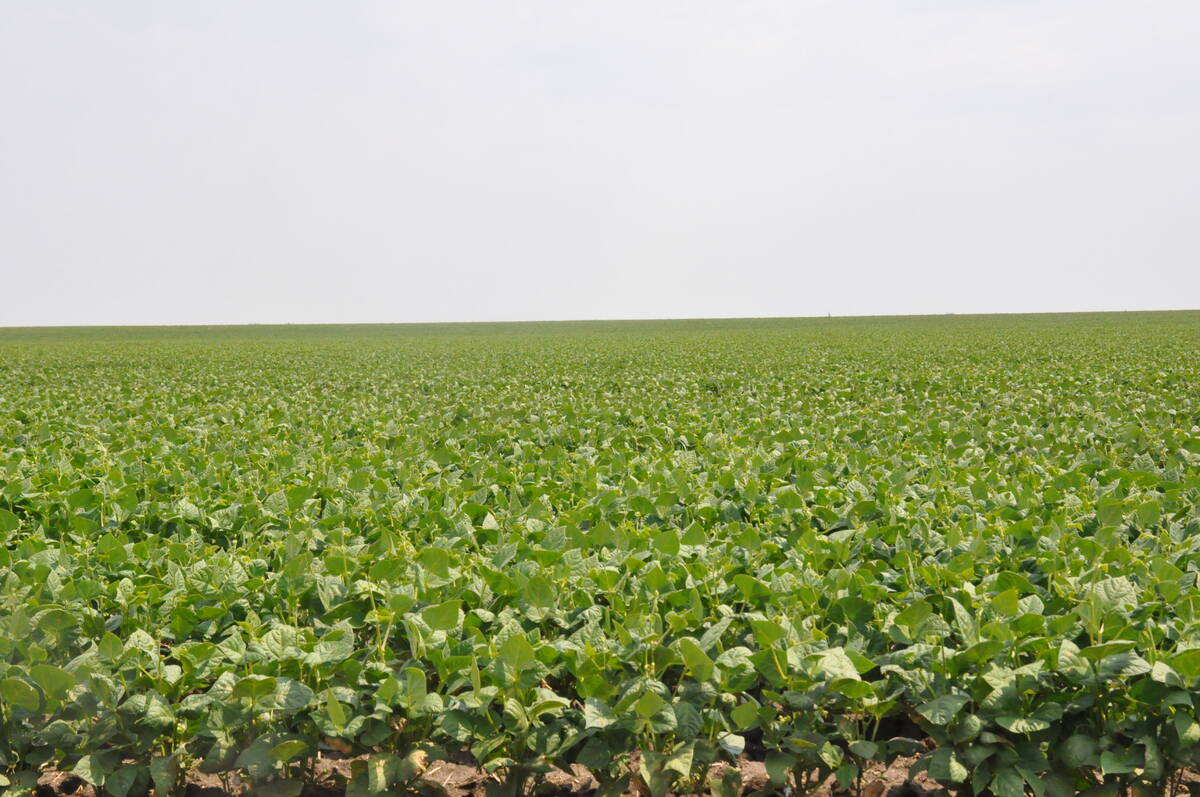Canadian pea shipments to China are expected to increase as the consumption of vermicelli noodles traditionally made and eaten in northern China expands across the country.
Pulse Canada’s Greg Cherewyk said the white noodles from Shandong province are becoming popular as disposable income rises and people change their eating patterns.
For more than 300 years people have made the noodles from mung beans, hanging them outside on huge ocean-side racks to dry in the wind.
But when the supply and price of the beans forced manufacturers to look for other ingredients, they found yellow pea starch worked just as well, Cherewyk said.
Read Also

Coloured bean production down, whites are up
Bean prices have been slumping and the outlook is for more of the same.
Over time, the amount of pea starch used in the noodles has increased from a small percentage to the entire noodle.He said it takes 2.4 tonnes of peas to make one tonne of noodles.
Vermicelli production is growing at between five and 12 percent per year. In 2005 noodle production required 550,000 tonnes of raw material.
“At 12 percent growth that could climb by 2010 to between 800,000 and 900,000 tonnes,” Cherewyk said.
Canadian exports for noodle production are mainly No. 2 yellow peas. Prices will decide how well Canada continues to do in this market.
“We secured that market … when we had $4 peas,” he said at the Saskatchewan Soil Conservation Association annual meeting.
He asked how that could be sustained at $10 peas.
Chinese labour could also be a factor. Cost of the workers are women who are paid between $115 and $170 per month. Their payment is based on the volume of noodles wrapped and packaged.
The Chinese aquaculture market is another avenue for pea exports.
Global aquaculture produ-ction is growing at about eight percent annually and at that rate will overtake beef and veal production in 2010. China is the largest fishmeal importer in the world.
Cherewyk said the fishmeal supply is declining and that should push demand for a vegetable-based protein source for fish food.
He added that the Chinese constraints imposed on Canadian peas because of high selenium content are not legitimate. The regulations limiting selenium to 0.3 parts per million were implemented in 1991 but not enforced until 2006.
“Selenium deficiency is at its highest in China,” Cherewyk noted.
Peas grown in Saskatchewan contain the highest levels of selenium.
As well, the selenium is found in the protein, not the starch that would be used in noodle production.
“You would have to eat two kilograms per day to exceed recommended levels,” said Cherewyk.















